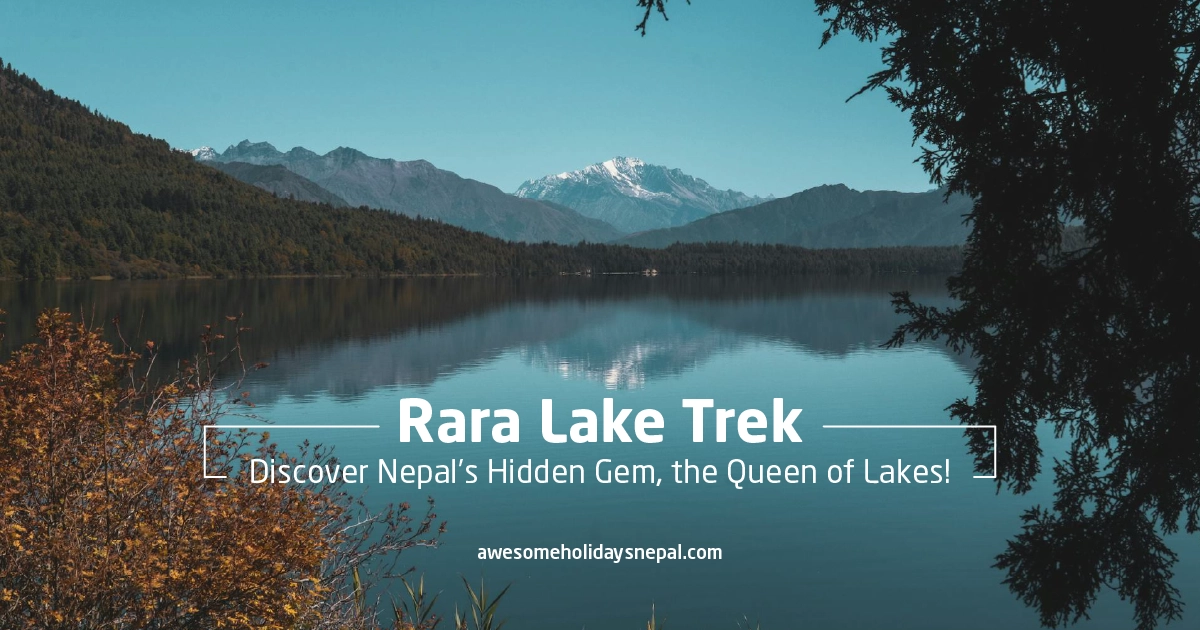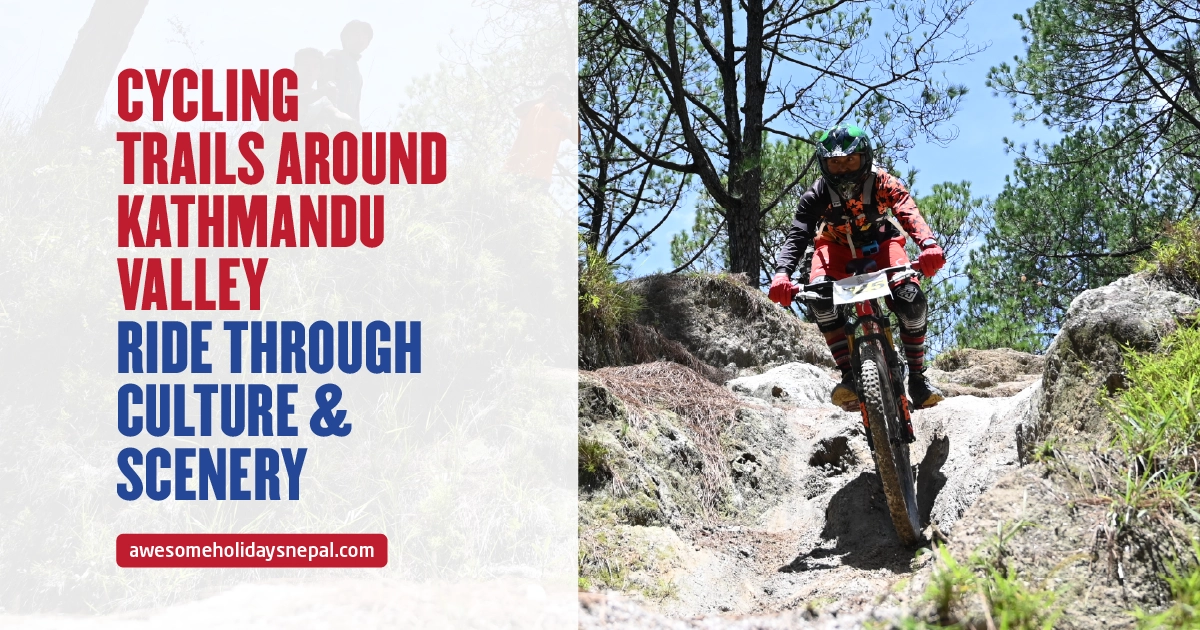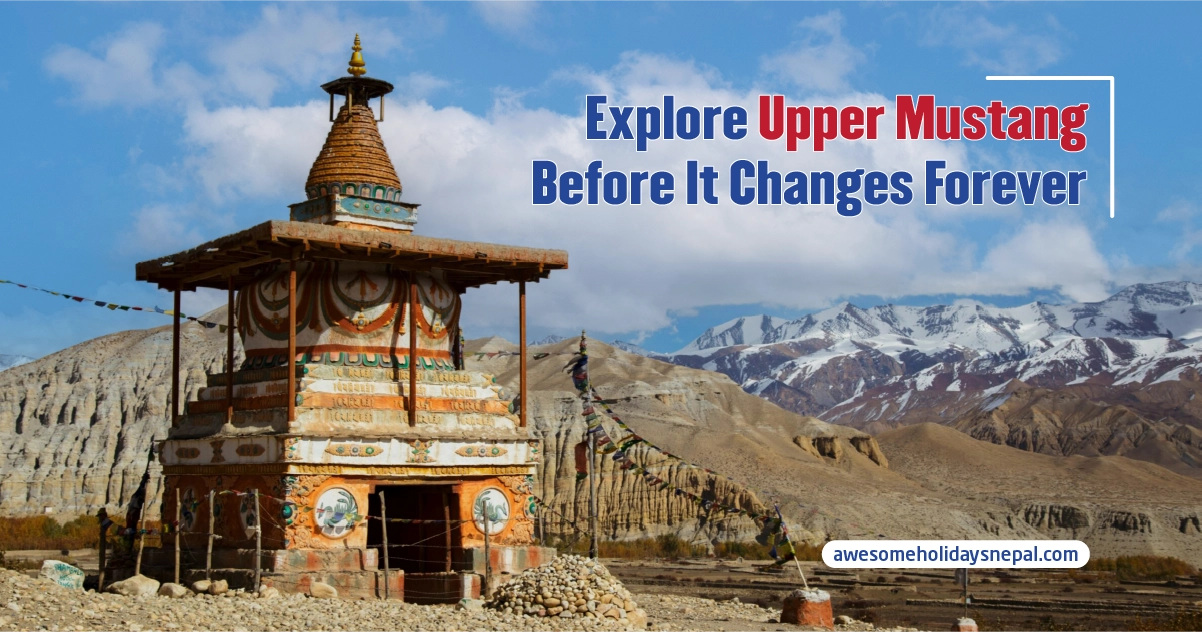Everest Marathon: The Annual Mountaineering Celebration
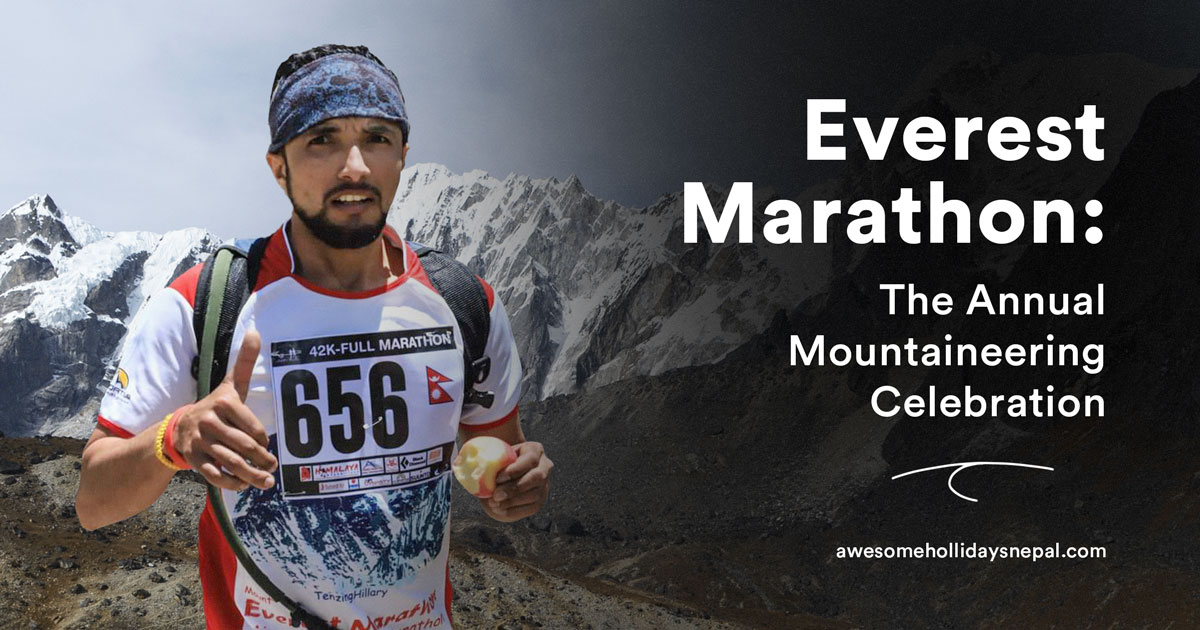
The Everest Marathon is an Annual International High-Altitude Adventure Sports Event. It is unlike any other marathon. Imagine standing at the foot of Mount Everest, the highest point on Earth, surrounded by towering peaks, vast glaciers, and the crisp, thin air of the Himalayas. Amazing, right?
Now, picture yourself lacing up your running shoes and preparing to embark on one of the world’s most exhilarating and challenging races: the Tenzing Hillary Everest Marathon.
The marathon is held annually on May 29th. It is a tribute to the legendary ascent of Everest by Sir Edmund Hillary and Tenzing Norgay in 1953. The event offers an adventure and pushes runners to their limits. The Everest Marathon commences from Everest Base Camp, over 5,000 meters. The race is an actual test of courage, endurance, and spirit. So, let us learn more about the Everest Marathon in detail.
History: A Race to Honor Legendary Summiteers
The Everest Marathon has its roots in one of the greatest accomplishments in human history—the first successful ascent of Mount Everest. On May 29, 1953, Sir Edmund Hillary, from New Zealand, and Tenzing Norgay Sherpa, from Nepal, were the first to climb the tallest mountain in the world.
This historic summit was a monumental achievement that symbolized the enduring spirit of adventure and collaboration between the Nepalese people and the international community. Jan Turner and Tony Hunt were the first to propose the Everest Marathon in 1987 to celebrate the Everest climb’s spirit and promote tourism in the region.
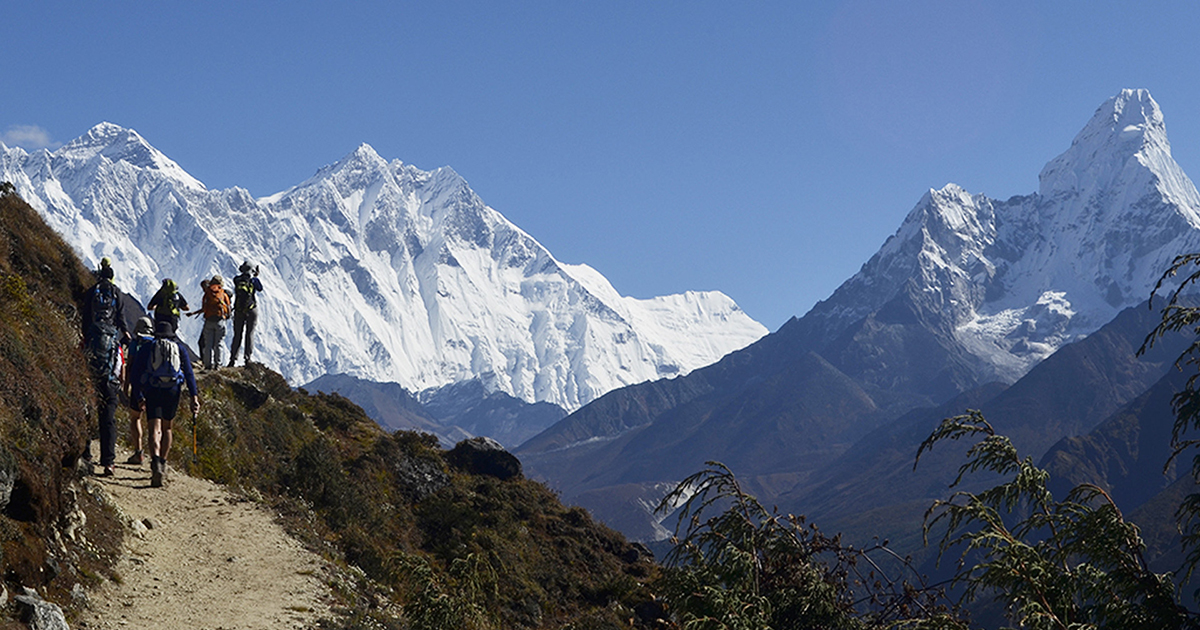
Initially, the race was held biannually under the overview of Jan Turner in conjunction with Bufo Ventures. The marathon gained popularity gradually over the years. The event became an annual affair on the Golden Jubilee of the Everest ascent in 2003. Nepal Tourism Board and the Government of Nepal also officially recognized the event. The marathon, held on May 23rd, 2003, assisted in cementing the foundation for the marathon as we know it today.
The marathon was renamed the Tenzing Hillary Everest Marathon to honor Hillary and Norgay’s achievements and further cement the connection between the Everest climb and the Sherpa people, whose role in mountaineering history is often overlooked.
In 1987, the government of Nepal even issued a commemorative stamp recognizing the marathon’s significance, a gesture repeated again in 2014, further cementing the event’s place in Nepal’s cultural and tourism calendar.
Different Categories, One Legendary Race
Whether you’re a seasoned ultra-runner or a first-time marathoner, the Everest Marathon offers three categories to suit every level of athlete:
Extreme Ultra Trail Everest Marathon (70 km)
It is the most challenging and longest race among all the categories. The extreme Ultra Trail Everest Marathon also involves uphill running and is the most advanced category in the Everest Marathon.
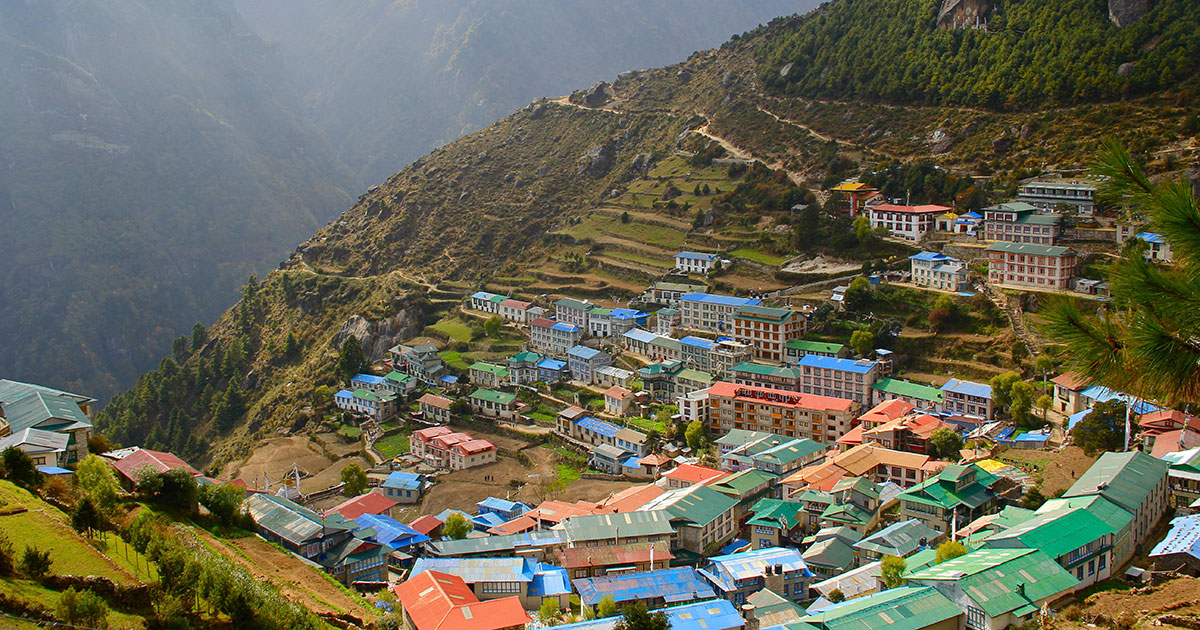
The race starts at Everest Base Camp and ends at Namche Bazaar. Similarly, the Marathon moves towards Bibre to Chhukung from Dingboche and to Nha-La from Phortse and descends via Mongla towards Namche Bazaar, making it an Ultimate Adventure Trail Run. The race is for ultra-marathoners who want to take in stunning views of Everest and conquer the rugged terrain of the peak.
The first cut-off time for runners is to reach Pangboche at 11:30 a.m., and those who cannot reach will be automatically DNF. Likewise, the second cut-off for runners is at Machhermo at 05:00 p.m., and those who don’t fulfill this condition will be DNF.
Full Marathon (42.195 km)
This marathon starts at Khumbu Icefall and takes you through iconic spots like Gorakshep, Lobuche, and Tengboche. It gives you the full Everest experience and offers incredible challenges and rewards along the way.
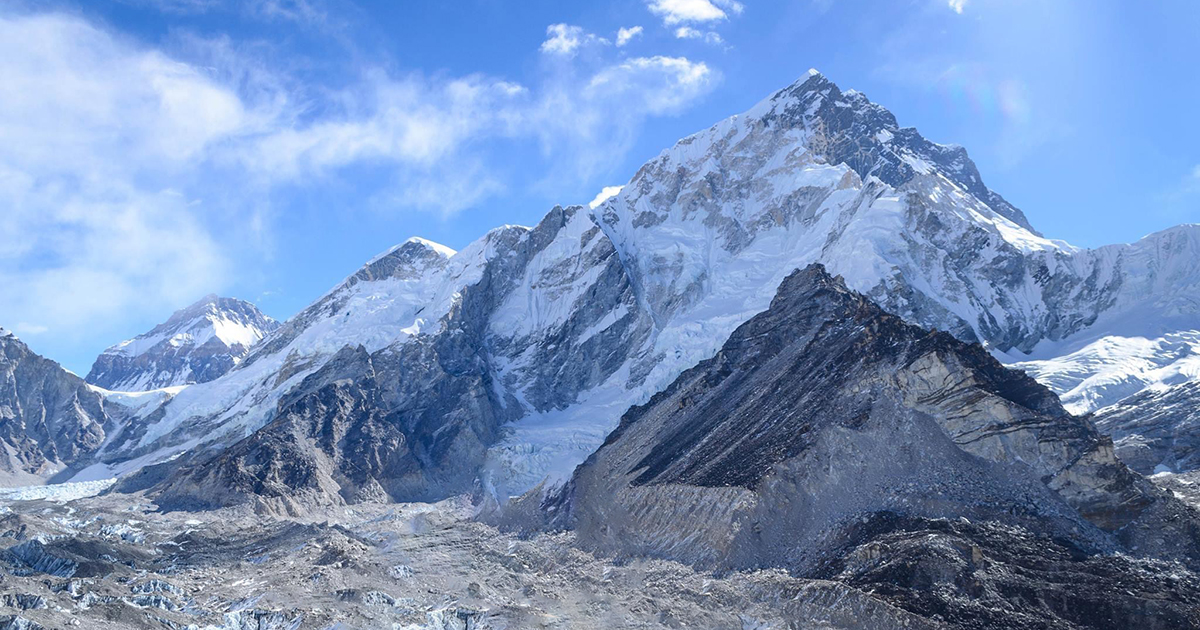
Half Marathon (21 km)
The half marathon is exclusively for non-Nepali nationals. It is the shortest race among all categories, and although challenging, it is a doable option. The track is just 21 km and mostly downhill. The marathon begins from the beautiful Dingboche village and winds to Namche Bazaar.
No matter which category you choose, you’ll experience a race like no other, surrounded by the world’s most awe-inspiring mountains and the resilient Sherpa community that calls this region home.
The Journey Begins: Race Day
The excitement on race day is palpable, with runners worldwide gathering at the start lines. Early morning means the temperatures can be chilly, but the promise of an incredible adventure keeps spirits high. Each category starts at different times:
- 5:00 AM: Extreme Ultramarathon
- 7:00 AM: Full Marathon
- 8:00 AM: Half Marathon
How to Participate in the Everest Marathon?
Participating in the Everest Marathon is an incredible challenge! Here are the key steps to get you started:
- Registration: If you are interested in a marathon, you must register on the official Everest Marathon website. Registration usually opens a few months before the event.
- Health Requirements: As you will have to climb and run in high-altitude conditions, you must provide a medical check-up certificate proving that you are healthy and fit to withstand them.
- Insurance: You must have valid health insurance that covers high-altitude trekking and racing.
- Training: To prepare for the race, you need to get rigorous training, focusing on endurance and altitude training. The marathon includes a 42-kilometer full marathon, a 21-kilometer half marathon, and a 70-kilometer extreme ultramarathon.
- Acclimatization: Before the race, it’s advised to spend at least 1-5 days acclimating to the high altitude.
- Packing: You should be sure to pack all necessary gear, including running attire, hydration supplies, and every personal item needed during the race.
- Travel Arrangements: Plan your travel to Nepal, including flights to Lukla, the gateway to Everest Base Camp.
- Race Day: Start at Everest Base Camp on the marathon day and follow the designated trail through the Khumbu Valley to Namche Bazaar.
Racing to the Peak of the World
The Tenzing Hillary Everest Marathon is a once-in-a-lifetime adventure. It is not just a race but a test of endurance, determination, and mental resilience. The Everest Marathon has come a long way from its humble beginnings and has grown as one of the world’s most iconic adventure races to the top of the world.
It’s where every stride echoes the courage of mountaineering legends, and every breath reminds you of the resilience within. The race celebrates the rich legacy of two legendary figures in mountaineering history.
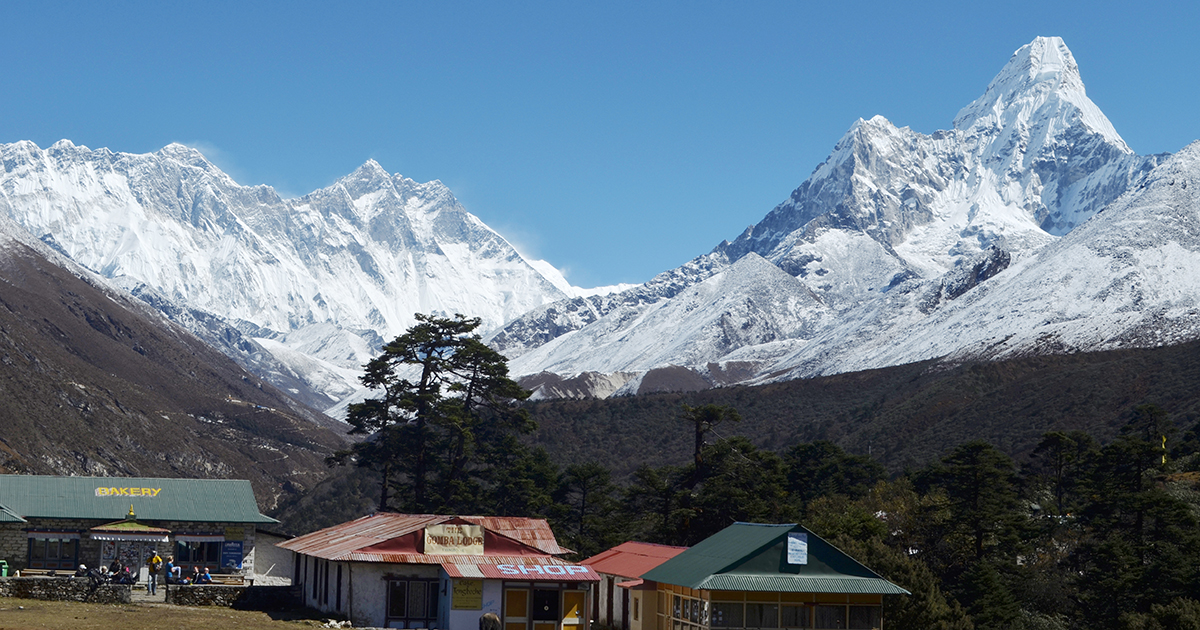
Picture yourself at the finish line, the majestic Himalayas behind you, and the pride of achievement glowing within. This is more than a test of endurance; it celebrates spirit, nature, and determination. The terrain is rough, the air is thin, and the weather can be unpredictable—making this event a test of physical strength and mental resilience.
So, are you ready to lace up your shoes, defy the odds, and participate in this adventurous race? The world’s highest marathon is awaiting you. And the adventure is just one step away.
Will you embrace the challenge and leave your mark on this legendary trail? What’s stopping you?
FAQs
Expand AllWhat is the Everest Marathon?
The Everest Marathon is a high-altitude marathon held annually on May 29 in the Everest region.
How long is the Everest Marathon?
The Everest Marathon is 42.195 kilometers long, starting from Namche Bazar and ending at Everest base Camp. The trail passes through various stops, such as Gorakshep, Dingboche, Biber Loop, and Kala Patthar.
What is special about the Everest Marathon?
Apart from being the most challenging marathon to run, the Everest Marathon honors the legendary mountaineers Tenzing Norgay Sherpa and Edmund Hillary.
How hard is the Everest Marathon?
The Everest Marathon is insanely hard for being the highest peak in the world. It is also quite challenging because of the extreme climate and lower oxygen level at such a high altitude.
What is the theme of the Everest Marathon 2024?
The theme for the Everest Marathon 2024 is Let the Mountains Call You.
What is the record for the Everest Marathon?
The fastest record for the Everest Marathon is 3 hours, 28 minutes, and 27 seconds. A Nepali runner, Deepak Rai, made this record in 2006. Among non-Nepali runners, the athlete Antoine Bonfils from France has the record for 4 hours, 50 minutes, and 10 seconds.
What is the world’s highest marathon?
The Tenzing Hillary Everest Marathon is the world’s highest marathon since it takes place on the highest peak of the world, Everest. The event has a half-marathon, a full marathon, and an extreme marathon.
Related blog posts
Discover a choice of tourist destinations loved by most of our visitors. Whether you're on a jungle safari to spot rare animals or walking through a world heritage site, these well-planned itineraries cover the major highlights of Nepal.


